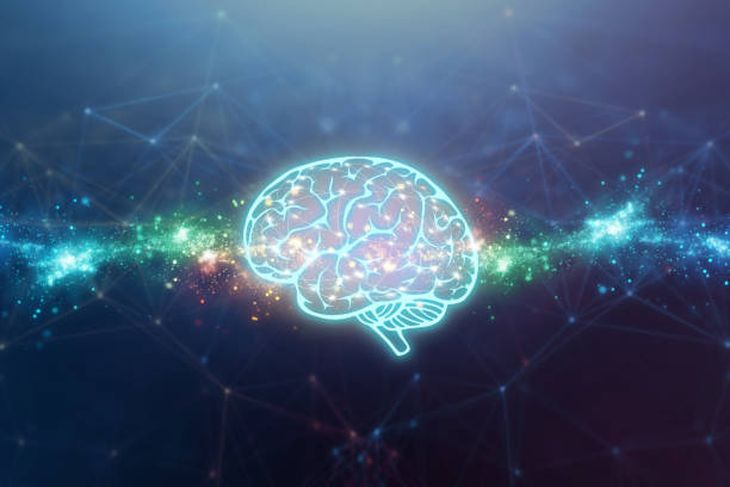the Harvard technique that revolutionizes learning

Backed by Harvard, this approach is a reminder that we can always boost our cognitive abilities.

Memory is one of the most fascinating and complex tools of the human brain. George A. Millerprominent academic of the Harvard University, revolutionized cognitive psychology with his iconic 1956 article, “The magical number seven, plus or minus two,” introducing the concept of “chunking,” a technique that allows us to overcome the limits of short-term memory.
Understanding how it works and how to improve it has been the subject of study by many researchers, but few have left as deep a mark as George A. Miller.
Harvard: the magical number seven and chunking
According to Miller, short-term memory has the capacity to retain between 5 and 9 elements, also known as “chunks.” This limitation, which may seem like an obstacle, is transformed into an advantage with chunking, a strategy that organizes information into meaningful blocks. For example, a sequence like “1492023” is difficult to remember, but by breaking it down into “1492” and “023,” we can make sense of it as a historical year and a simple sequence.
Harvard: how to apply chunking in your daily life
The theory is interesting, but its true potential is unlocked when we put it into practice. Here are some ways to use chunking in your daily routine:
-
Remember numbers and dates: If you have to memorize passwords, bank accounts or important dates, group them into chunks. For example, instead of “12345678910,” split it like this: “1234-5678-910.”
-
To-do lists by category: To better manage your daily activities, separate your pending tasks into thematic blocks: work, home, studies, etc. This makes it easier to remember and organize.
-
Learn new concepts: When studying, divide information into blocks. For example, when studying history, separate events by periods, causes, and consequences.
-
Use mnemonic rules: These are effective tools that employ chunking. To remember the planets of the solar system, you can use the phrase “My Neighbor Has Many Toys She Only Uses Neptune”, representing Mercury, Venus, Earth, Mars, Jupiter, Saturn, Uranus and Neptune.
Chunking is most effective when the blocks have personal meaning. If you manage to connect the data with your own experiences or things important to you, they will stick much better in your memory.
Like any other capacity, memory needs to be exercised. Apply techniques like chunking to your daily activities and see how your ability to remember improves.









